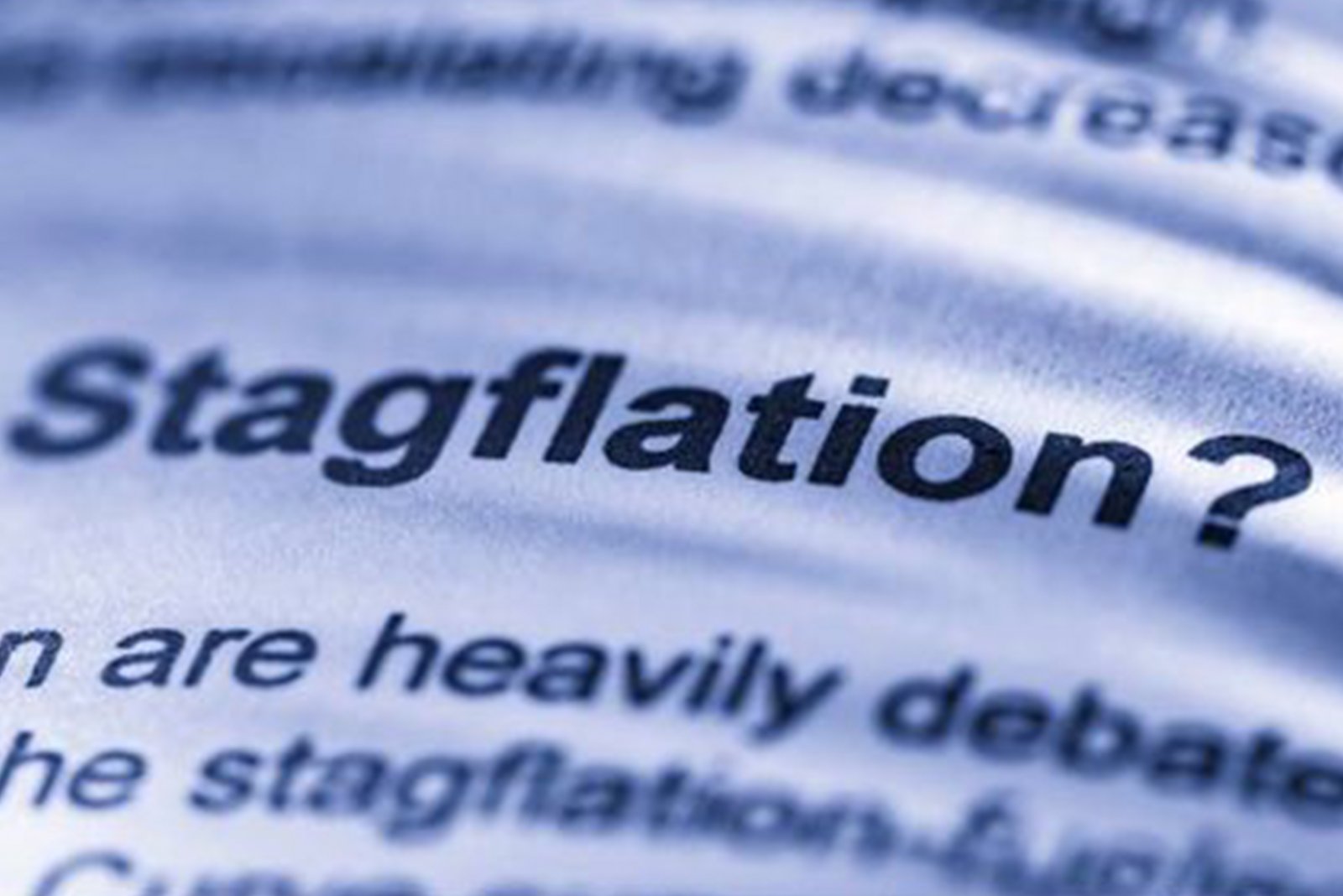The market warns that the "stagflation" crisis may recur.
Us data raises fears of stagflation:
GDP and jobs data lag
First-quarter GDP grew at an annualized rate of 1.6 percent, less than half the previous quarter's 3.4 percent pace. Nonfarm payrolls rose 175,000 in April, well below expectations that the unemployment rate rose to 3.9%.
Inflation of CPI and PCE
The CPI rose at an annual rate of 3.5% in March, higher than expectations of 3.4% and higher than the previous reading of 3.2%. The PCE price index, which rose 3.7 percent in the first quarter, is well above the Fed's 2 percent inflation target.
The chief executive of jpmorgan Chase warned earlier that the stagflation crisis of the 1970s could return and investors should brace for interest rates to rise to 8 percent. Ubs analysts also believe the United States is at risk of stagflation.
What is stagflation?
stagflation is when the economy stagnates or even declines while high inflation persists. When recession and inflation occur at the same time central banks are caught in a dilemma: pumping money into the economy will drive up inflation; Income pressure inflation will worsen the recession business closures and unemployment will soar.
The impact of stagflation on the market?
As inflation increases the cost of goods and services, thereby reducing consumers' purchasing power and negatively impacting corporate profits and consumer spending, stagflation tends to cause stock prices to fall.
Stagflation, on the other hand, is good for commodities such as gold or silver because they are often seen as a hedge against inflation. These commodities offer potential opportunities for traders when inflation rises.
Previous Article Next Article


 Whatsapp
Whatsapp Telegram
Telegram
